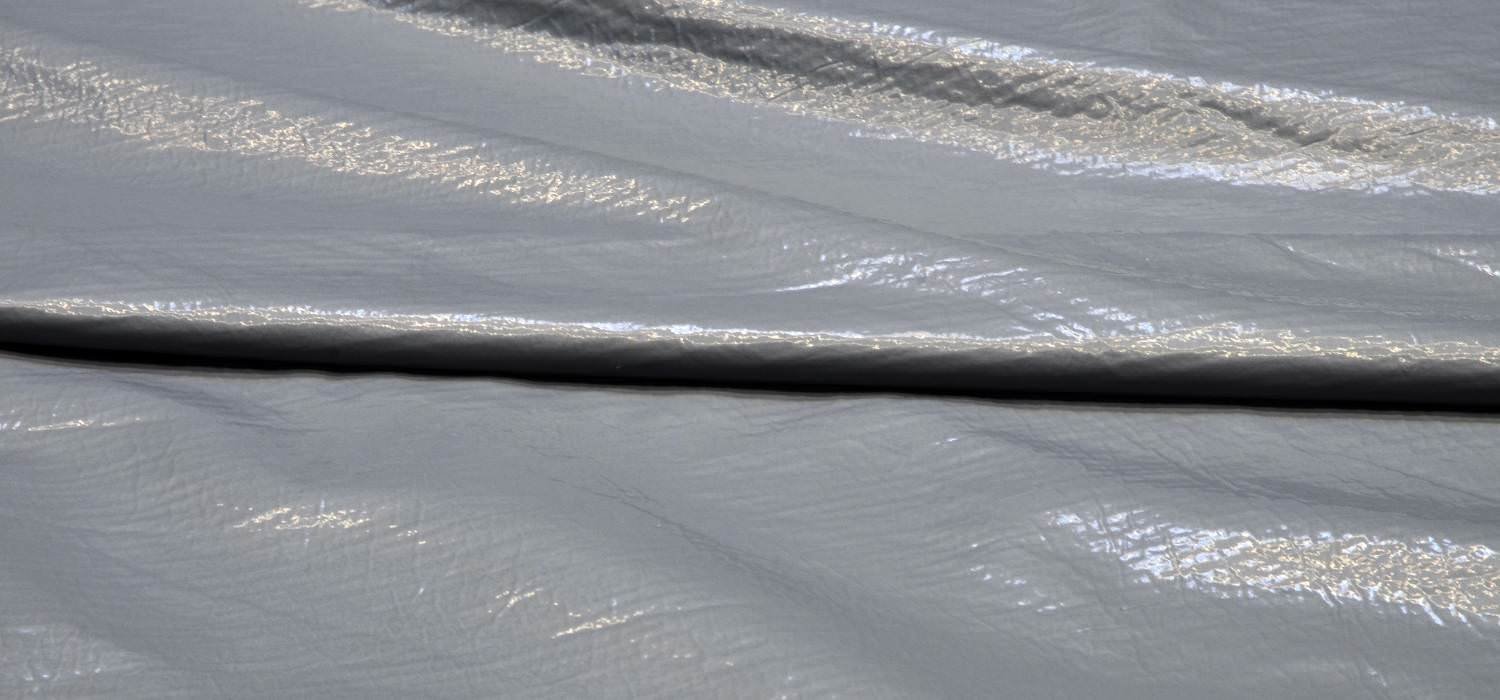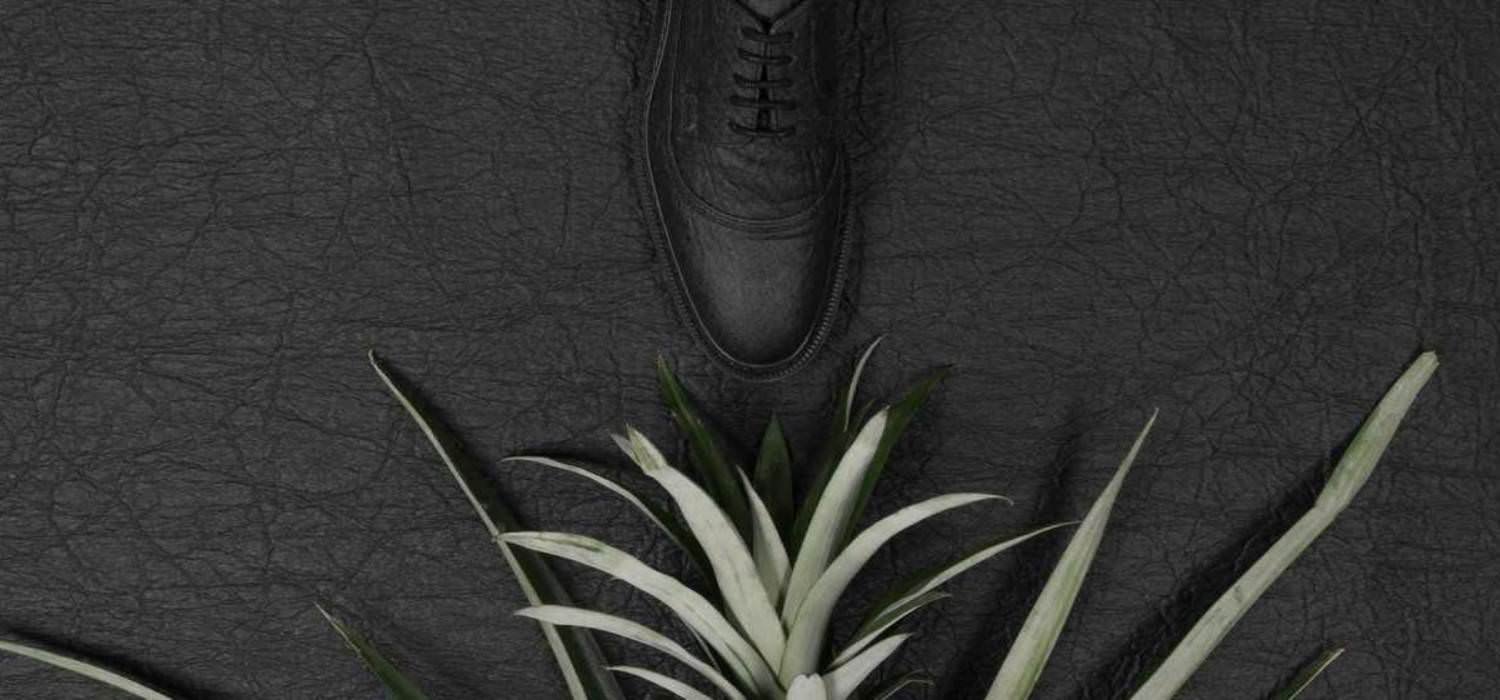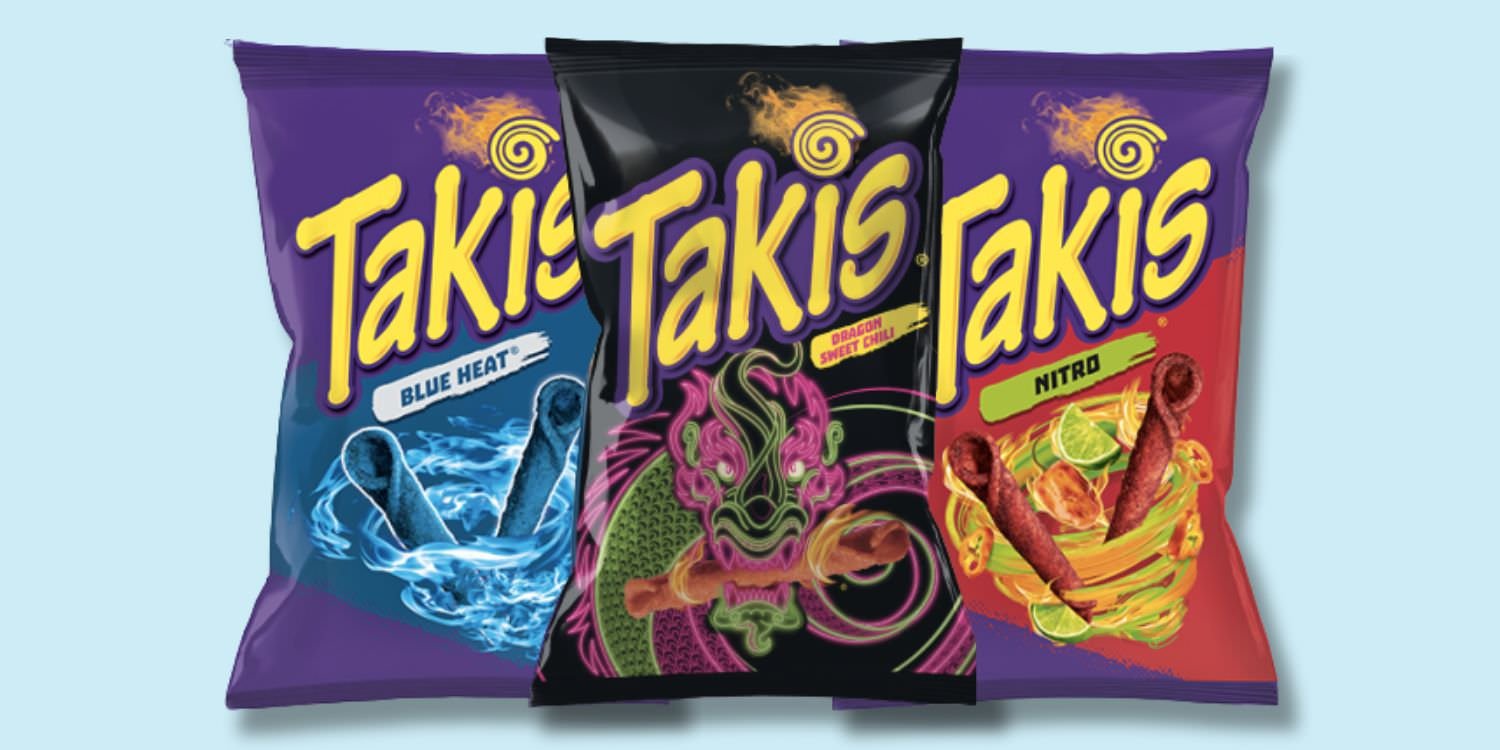What Is Vegan Leather? - Types, Pros, and Cons
Looking for a cruelty-free alternative to animal hides and skins? Vegan leather can be a great alternative, and is often far more beneficial to our planet. Most emit much less GHGs into the atmosphere with their production, and some even help to reduce food waste! Keep reading to learn everything you need to know about the different types of vegan leather for your ethical fashion needs.
What Is Vegan Leather?
Vegan leather is an alternative to animal leather, so it can be made out of any material that did not come from animals. This leaves us with either synthetic or natural plant fibers.
In other words, any faux leather can be considered vegan, unless it contains some sort of animal byproduct. However, if animals were somehow exploited during its development or manufacturing process, this would also disqualify it from being considered vegan.
Vegan leather is a great swap for any person who needs an affordable/sustainable alternative to real leather. It's also an essential for anyone looking to help reduce animal suffering with their purchase.
How Is Traditional Leather Made?
Vegan leather was developed initially due to the high cost of leather, and has become popular today among eco-conscious and vegan/vegetarian groups. Products made with this material provide a similar look, texture, and after decades of improvements, have started to display the same exceptional quality and durability as animal leather.
These materials allow you to enjoy the 'leather' products you've always loved without harming the animals or our planet - a total win-win! Keep reading to discover how leather is typically made, and how it affects our planet.
Cleaning
Typically, the first step for leather producers is to clean the hides. At this stage of the process, the skin has already been removed from a slaughtered animal and preserved with salt. So, the hides are soaked in water to remove any dirt, blood, and excess salt. They're then split into layers to produce various products like Nubuck leather, suede, or skins. After that, they're treated with chemicals to remove any hair, excess fat, or flesh.
Bating
The next step is to treat the skins with bating agents. These consist of either commercial enzymes or more traditionally, poultry manure. Although the second option may seem more unpleasant, it's often considered a more sustainable option. After all, it makes use of waste material and helps to prevent the GHG emissions generated when manufacturing an alternative chemical product. Soaking the leather in these substances leaves them with a soft and supple texture.
Tanning
There are various tanning methods used in the leather industry. The main methods use chrome, chrome-free, or vegetable tannins.
However, the most dangerous of these methods is chrome tanning, which was developed in 1880 by Friedrich Knapp and Hylten Cavalin to improve the efficiency of the tanning process. Although this method has led to much quicker and cheaper production, chrome tanning puts workers, the planet, and even the consumer at risk.
Chrome tanning generates tons of toxic wastewater, and leather processed with this method poses a health hazard; when burned or heated with extreme sunlight, it can generate toxic chromium V1 which is a human carcinogen when inhaled!
In this phase, the hides are treated with a solution made of acids, chromium sulfate, and other salts. After undergoing this process, which takes about a day, they're left soft and ready to use.
Vegetable tanning is one of the ancient leather tanning methods, and also one of the more environmentally-friendly alternatives that uses fewer chemicals and generates less waste. Unlike chrome tanning, vegetable tanned leather takes several months of soaking in vegetable tannins to become leather.
You can usually tell the difference between these two types of tanning methods because vegetable-tanned leather is initially stiff and softens over time, whereas chrome-tanned leather is already soft by the time it's first purchased. After the tanning phase, the leathers are neutralized to restore their natural pH, and to remove any chemical residue.
Re-Tanning
In the re-tanning phase, the leathers undergo a dyeing and fatliquoring process to soften them and add color. This is often achieved by adding lanolin (sheep wool grease) to the tanned hides. This is the step in which the material goes from a wet-blue to a crust leather after it's been chrome-tanned.
Milling
Leather sometimes undergoes a milling process, in which it's tumbled in a rotating drum to further soften the material and enhance the grain. This, of course, adds to the energy required for its production.
Finishing
In the last step, the leather is given a final texture through embossing, glazing, coating, etc. This will prepare it for its commercial use, whether it's meant for furniture, fashion, accessories, or other purposes.
All the steps listed above involve plenty of energy, resources, and even additional animal byproducts that result from, and may cause further, exploitation of sentient beings. They also harm the workers involved, exposing them to toxic chemicals that can affect their long-term health.
What Is Vegan Leather Made Of?
Vegan leather can be made of any material other than animal skins and derivatives. This means there could be thousands of eco-friendly varieties available in the near future, made of both plants and fungi.
Today, however, there is a handful of materials commonly used to make vegan leather products. Some are petroleum-based, making them less eco-friendly and lower-quality. Others are partially or totally bio-based and crafted with extreme attention to detail to rival even real leather in terms of quality!
However, it's important to note that even bio-based options often contain a percentage of polyurethane (PU) leather as a filler and to make the material more durable. Still, some are 100% bio-based or almost entirely bio-based, and these are of course the best leather alternatives to go for if your goal is to protect the planet.
That said, a higher percentage of plant content in vegan leather usually increases the price point, so you should still keep this in mind and select the best possible option without exceeding your means!
PVC/Vinyl (Polyvinyl Chloride)
PVC leather was one of the first types of faux leather popularized for use in furniture and fashion. It's made with chemically-altered vinyl and fillers included to mimic the color and texture of animal leather. However, it's also very damaging to workers and the environment, as its production emits toxic dioxins and chlorine into the atmosphere.
Its end-of-life stage is just as destructive, as it cannot biodegrade and will pollute our Earth for thousands of years, breaking down into smaller particles, and likely poisoning living creatures.
PU (Polyurethane)
PU leather is a synthetic leather made of thermoplastic polymer,. When it comes to PU, you want to make sure it contains no real leather, as animal leather is sometimes coated in PU, and called 'PU leather'. You may also find it labeled 'semi-synthetic PU leather' or 'bicast leather'. You'll want to go for 'full-synthetic PU leather to make sure it's actually 100% animal-free, or check the label for the materials used.
PU leather is more breathable and malleable than PVC. Also, unlike real leather, it's very light and water-proof. However, it also takes many years to biodegrade, is non-recyclable, made with harsh chemicals, and simply does not benefit our planet. That said, most real leather is also non-biodegradable, and is sometimes non-recyclable, too.
PU leather is still safer and more sustainable than PVC, as it doesn't release harmful toxic chemicals into the environment during its use. It also releases fewer GHGs into the environment during its production than real leather does.
Microfiber Faux Suede
Microfiber suede is another manmade material, crafted with millions of fine polyester fibers, and the final product feels almost identical to genuine suede. This material is very flexible and malleable, and can actually be more durable than genuine suede. However, as it's made of polyester, it's still not an eco-friendly swap and can contaminate the planet with microplastics.
Apple Skin Leather
A more sustainable choice is apple leather, which is made partially out of apple skins and leftovers sourced from the juice industry. So, this material helps to reduce food waste and is partially biodegradable. However, it's typically made with up to 40% dehydrated apple waste.
This is an excellent step in the right direction, however what many seem to be unaware of is, apple leather is still not entirely biodegradable, as it contains PU in its upper and a polyester backing for extra durability. In the future, developers of this material may come out with fully biodegradable versions, but for now, it's still a more sustainable swap for your purses, shoes, and other accessories!
Mango Leather
This type of 'bio-based leather' is also made of discarded natural materials; this time, from unsellable mangoes. The fruits are de-stoned, ground up, mixed with additives, dehydrated, then coated with a 'protective glaze' made of mixed resins. This material is also given a polyester backing, making it similar to apple leather. Again, mango leather is not fully biodegradable, however it is made with much more bio-based content than a standard full-synthetic PU leather.
Pineapple Leaves (Piñatex)
Piñatex seems to be a step up from apple and mango leather in terms of sustainability, since 80% of this natural material is fully biodegradable! To make Piñatex, fluffy fibers from the leaves of the pineapple plant are combined with PLA (a corn-based polylactic acid) to form a mesh. This mesh-like material is then dyed with GOTS-certified pigments and finished with a REACH-compliant resin coating to enhance its water resistance, shine, and durability. So, while it's not totally biodegradable, it's a great alternative to real leather, with no animal products and a much lower environmental impact.
Cactus Leather
Cactus leather is one of the softest types of bio-based leathers, and can also be one of the most sustainable types, made almost entirely of Nopal cactus leaves! It can last for up to 10 years, which is longer than most faux leathers, but still less than most genuine leathers. Interestingly, rather than using a totally PU or corn-based plastic coating and polyester backing, cactus leather uses a bio-resin also made from cactus leaves. However, some cactus leathers may contain more biodegradable plant content than others.
Desserto, pioneers of cactus leather, use 92% biodegradable content in their material, making them the leading cactus leather producers in terms of sustainability.
Mycelium Leather
If you haven't heard of mycelium, it's essentially mushrooms' intricate root system. Bolt Threads' engineers were the first to popularize the use of this substance as a vegan leather alternative, and their version is now used in products made by huge designer brands like Lululemon, Stella McCartney, Adidas, and others.
Bolt Threads calls their mycelium leather 'Mylo' and grows it themselves in their own vertical farming facility powered by 100% renewable energy. Once harvested, the foam-like material is processed into soft sheets and sent to an LWG gold-rated tannery for the finishing touches.
The final product is incredibly similar to real leather, but made in a 100% sustainable way, with considerably less waste and fewer GHG emissions. This option is so far looking like one of the most promising vegan leather alternatives of the future.
Cork Leather
Cork leather is made of renewable cork oak bark. This bark is harvested once every nine years, and this process is actually beneficial to the tree!
Cork is durable, scratch and stain-proof, water-repellent, and easy to maintain. Likewise, mold does not grow on cork, so high humidity is not a big concern when caring for your cork leather products. It's also sometimes coated or backed with PU/polyester for extra protection against the elements. However, in these cases, it's non-biodegradable. Otherwise, it will biodegrade at the same speed as wood.
This vegan leather is similar to animal leather in that each sheet features a unique pattern, which gives it an authentic look and feel. It's also incredibly long-lasting and likely more durable than any other vegan leather. Cork leather products are said to last a lifetime, but this typically depends on the material's application and use.
Pro Tip: You can go for a non-dyed cork product to be sure it's free from toxins, in case you're not totally sure what kind of pigments were used. The natural color is already beautiful and gives it more of an organic look!
Pros & Cons of Vegan Leather
There are both pros and cons to vegan leather, depending on which materials were used to craft these alternatives. Keep reading to discover some of the main advantages and disadvantages to switching to a cruelty-free leather swap!
Sustainability
While some vegan leather options are durable, eco-friendly, and even biodegradable, others are simply made with plastic, which contaminates the environment and emits hazardous toxins.
The vegan leather industry is plagued with loads of greenwashing, and many consumers seem to believe that any product labeled 'vegan leather' is inherently eco-friendly. Be warned: this is not the case!
You can look for biodegradable, or mostly bio-based vegan leathers if you want to be sure your product won't end up harming the planet or contaminating animal habitats. However, keep in mind that bio-based vegan leather can be quite pricey, so there's no need to feel bad about going for the more accessible choice when necessary.
Durability
Many vegan leathers are not as durable as genuine leather, lasting only up to 5-10 years on average. This is a problem, because it means you'll have to purchase several replacement products throughout your lifetime.
Depending on the type of product, leather goods can last for generations, which is a plus in terms of sustainability. It can also be repaired or restored if damaged. Plant-based alternatives will have to reach this level of durability at some point if they are to replace animal leather entirely.
Cork leather seems to be the most durable vegan leather so far, and mycelium could be durable as well; although, as it's a very new material, we don't yet have this info.
Cost-Effectiveness
Vegan leather is typically more affordable than genuine leather. However, some bio-based vegan leather alternatives can actually be more expensive than real leather! This is often due to the high-quality natural fibers and attention to detail required to craft these innovative materials in a way that makes them durable and functional.
PU-enforced vegan bio-based leather seems to be the most reasonably-priced sustainable alternative at the moment, but it's still not exactly accessible to everyone. Meanwhile, vegan PVC and PU leathers will likely always be the most accessible options, even though they are not as kind to the planet as these newer leather alternatives. Reducing costs to compete with the global leather market is likely the biggest hurdle the vegan leather industry will have to overcome in the following years.
Waste Reduction
It's often argued that if real leather were to be replaced with vegan leather, millions of cow hides would go to waste.
This is actually true, and it's also the reason why reducing meat consumption is the vegan movement's primary concern; if the meat industry were to disappear, all byproducts would automatically become far too inaccessible for the mainstream market.
So, if you want to reduce animal product waste and free animals from suffering at the same time, the best way to do so is to reduce your meat consumption, thus lowering the demand for these products. This way, less animals will be bred into existence in the future.
That said, the vegan leather industry is also working to reduce food waste by putting discarded fruit and plant materials to good use. This is clearly demonstrated by apple, pineapple, and mango leather manufacturers! So, you could say there are little to no cons to vegan leather in this regard.
We hope we were able to clear up any doubts you had about vegan leather! You can learn more about the companies behind the most innovative vegan leathers here. Also, make sure to sign up to our newsletter for more info, tips, and recommendations to help simplify your vegan lifestyle. Thanks for reading!












